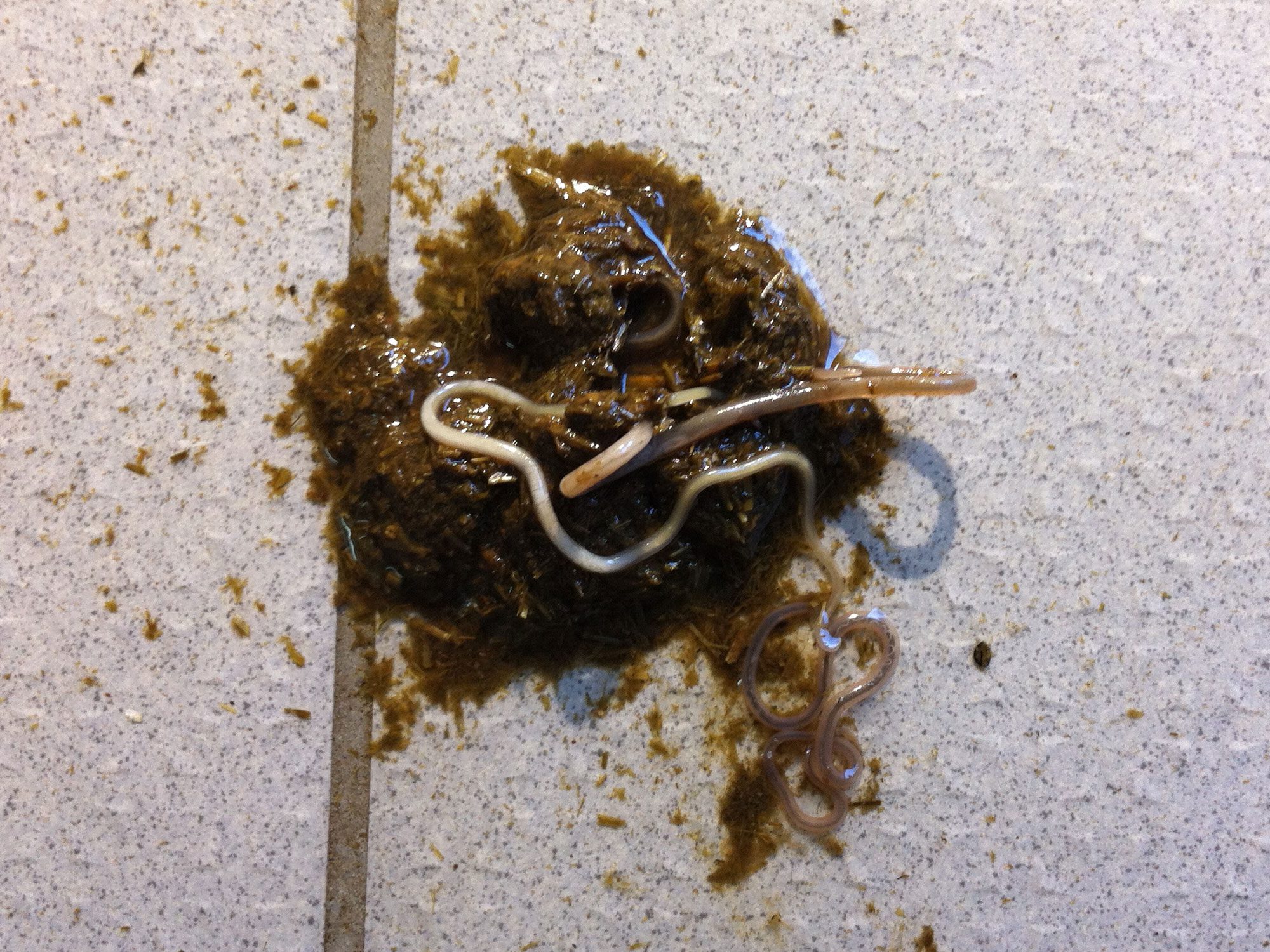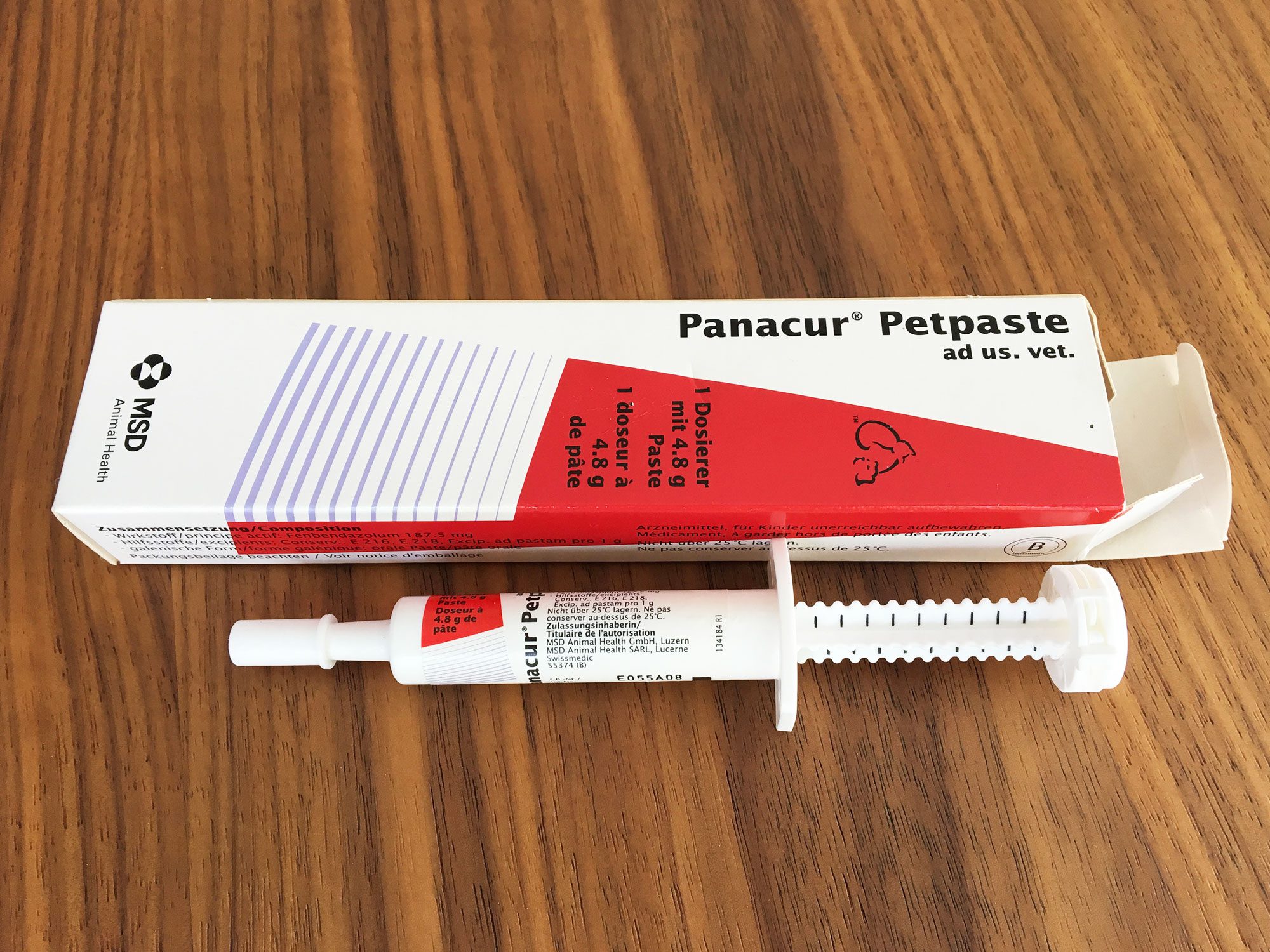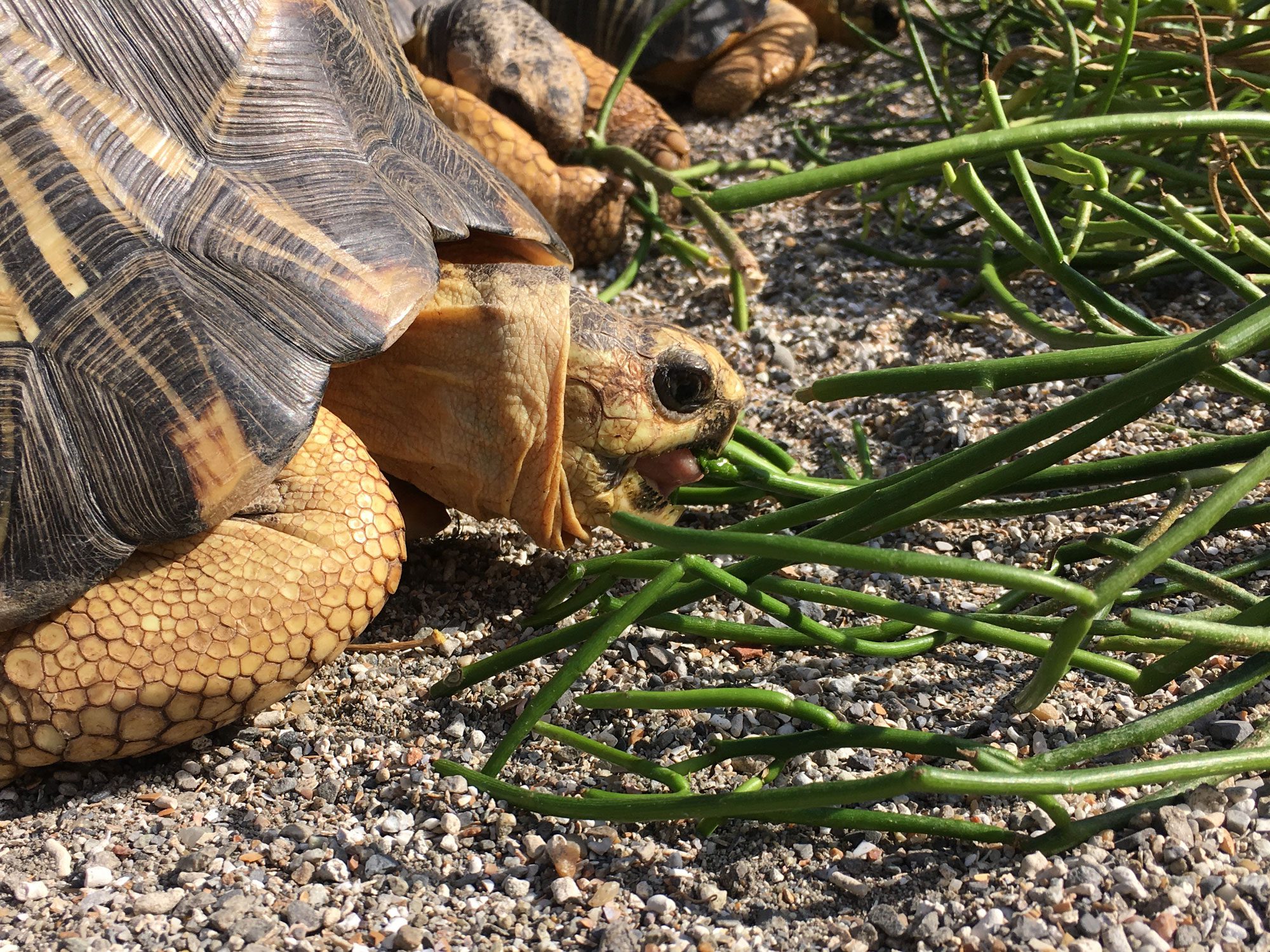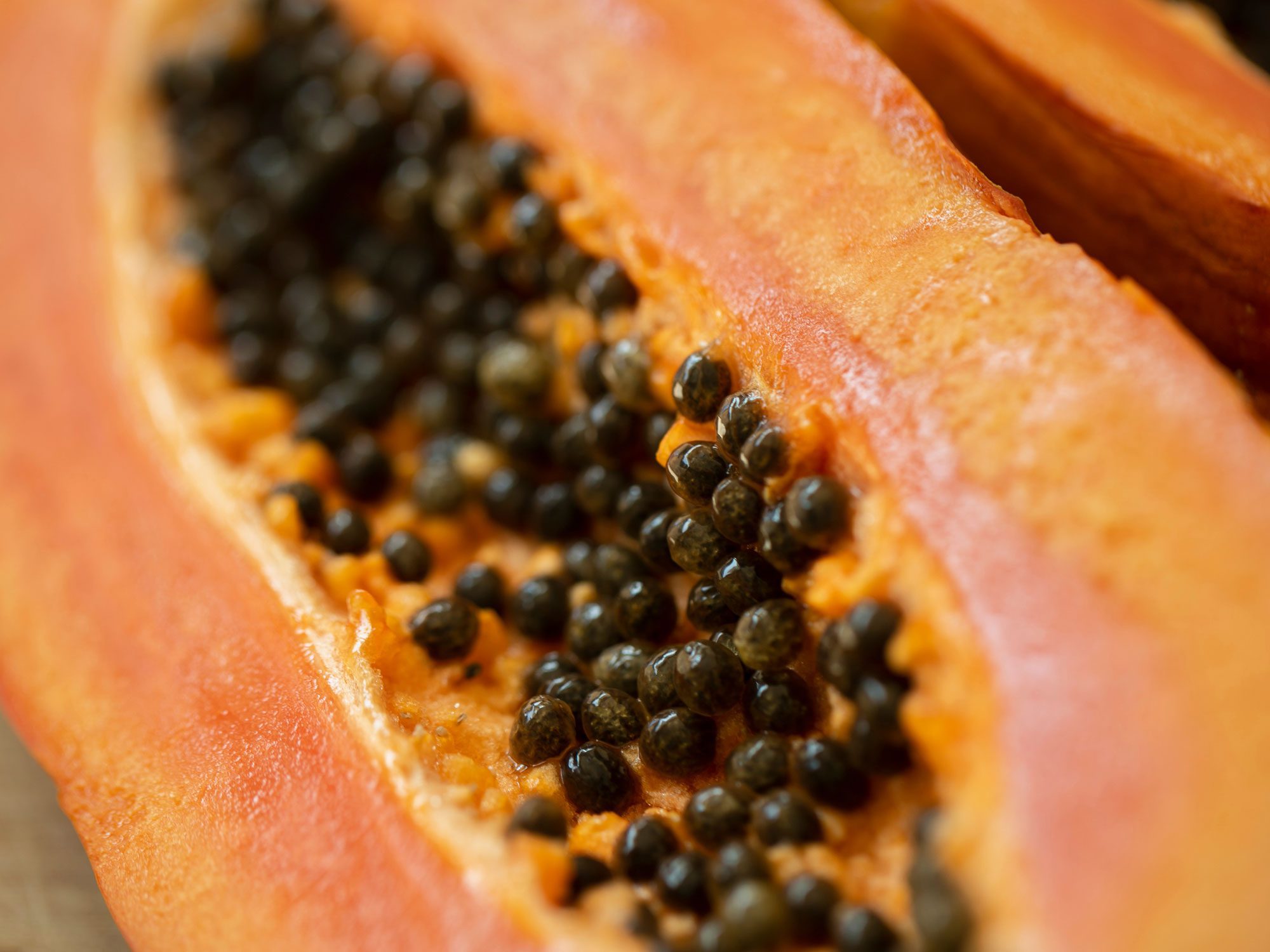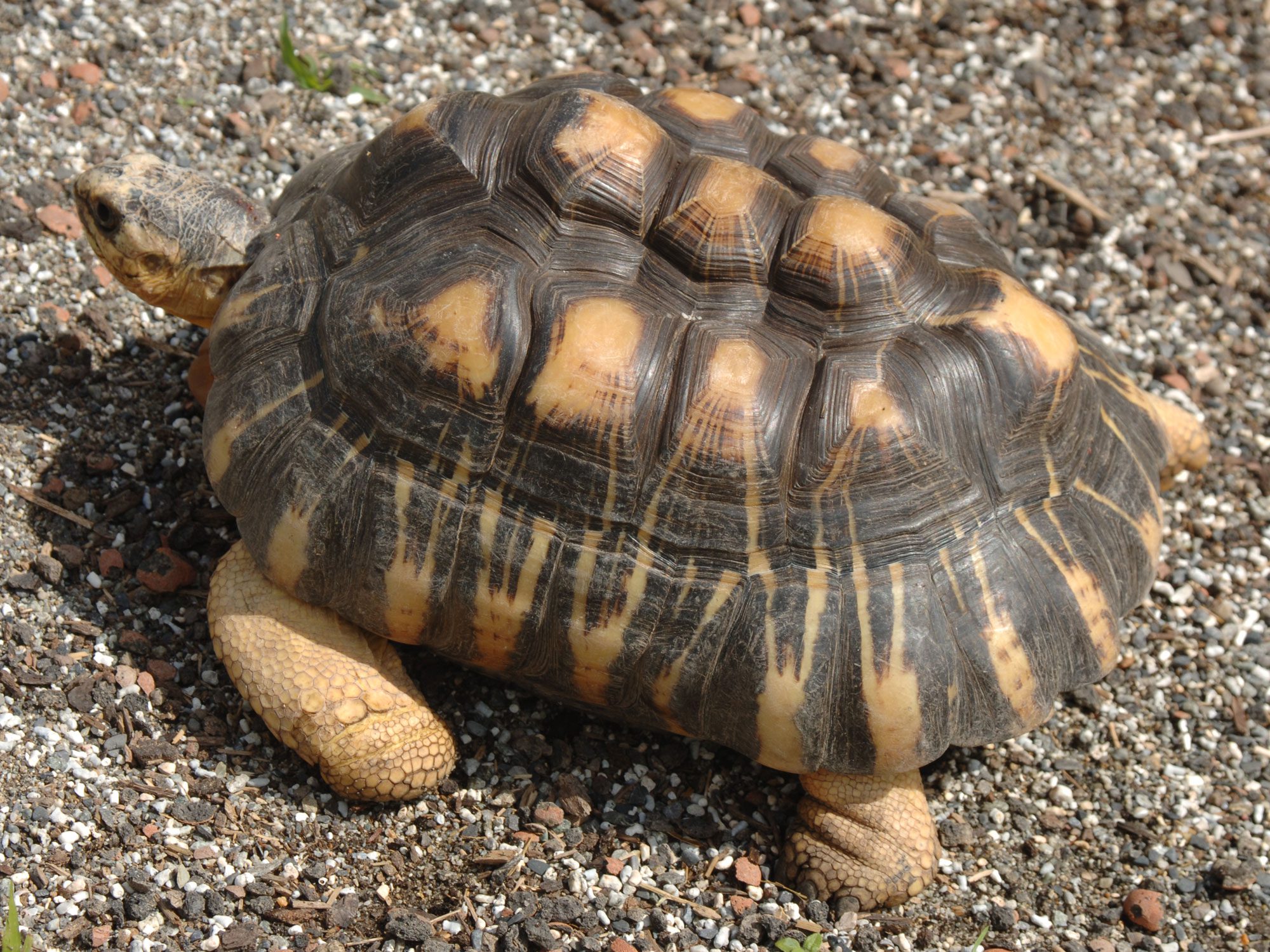Prävention ist die beste Medizin
Wie andere Tiere auch können Schildkröten in menschlicher Obhut an einer Vielzahl an bekannten, aber auch unbekannten Krankheiten leiden oder sterben. Kein Schildkrötenhalter spricht wirklich gerne über Krankheiten oder gar Todesfälle in seinem Bestand, da diese in den meisten Fällen auf nicht artgerechte Haltung oder sonstige unangenehme Fehler zurückzuführen sind. Die Tatsache, dass 90% aller krankheitsbedingten Todesursachen von Schildkröten in menschlicher Obhut immer auf Haltungsfehler zurückzuführen sind, sollte für uns alle Ansporn sein die Haltungsbedingungen von Schildkröten kontinuierlich zu verbessern. Sollte eine Schildkröte dennoch aus ungeklärten Gründen sterben, lohnt es sich durchaus das Tier post mortem in einer pathologischn Klinik untersuchen zu lassen. Nicht immer kann dadurch eine eindeutige Todesursache gefunden werden, jedoch lassen sich Aufgrund von Organveränderungen meistens interessante Rückschlüsse ziehen, wodurch weitere Haltungsfehler vermieden und die Bedingungen in Zukunft optimiert werden können.
Strahlenschildkröten sind absolut keine kooperativen Patienten und reagieren auf die meisten Behandlungs- und Therapieansätzen mit kompletter Verweigerung und Stress. Manchmal sind die Abwehrreaktionen auf eine gutgemeinte Behandlung so vehement, dass das hohe Stresspoential die ohnehin schon kranken Tiere noch zusätzlich schwächt. Eine verängstigte oder verletzte Strahlenschildkröte kann sich derart fest und krampfhaft in den eigenen Panzer zurückziehen, dass die Gliedmassen kaum mehr von Hand aus dem Panzer gezogen werden können. Dies macht eine Untersuchung und medizinische Behandlung bei Astrochelys radiata oft unmöglich. Es ist deshalb immer besser, einfacher und kostengünstiger die Haltungssituationen präventiv zu optimieren, damit die Tiere erst gar nicht krank werden.
Häufige Ursachen für Erkrankungen bei Strahlenschildkröten
Wir können nicht genug betonen, wie wichtig eine artgerechte und naturnahe Haltung für die Gesundheit und das Wohlbefinden von Astrochelys radiata in menschlicher Obhut ist. Die meisten Erkrankungen liessen sich relativ einfach vermeiden, indem die natürlichen Bedürfnisse der Tiere erkannt und die daraus resultierenden Haltungsbedingungen konsequent respektiert und umgesetzt werden. Was grunsätzlich einfach und einleuchtend klingt, ist in der Realität mit den vorhandenen Ressoucen und Möglichkeiten aber oft nur schwer umzusetzen. Die folgenden Haltungsfehler sind mitunter für die meisten Krankheiten und Todesursachen bei Strahlenschildkröten verantwortlich:
Quarantäne
Wir empfehlen, kranke oder verletzte Tiere immer vom Bestand räumlich zu trennen und in einer separaten, funktionellen und leicht zu reinigenden Quarantäneeinrichtung unter Einhaltung optimaler Halungsbedingungen zu pflegen. Auch Neuzugäne sollten für mindesten 4 Monate in Quarantäne gesetzt und beobachtet werden, bevor sie in einen bestehenden Bestand eingefürt werden. Bei Neuzugängen in Quarantäne empfehlen wir, immer in Abständen von 4 Wochen mindestens 2-3 mikroskopische Kotuntersuchungen auf einen eventuellen Wurm- oder sonstigen Endoparasitenbefall zu machen. Routinemässige Abstriche und Bluttest auf Herpes, Rahna und Mikroplasmen sollten ebenfalls unbedingt beim Tierarzt zur Sicherheit gemacht werden. Erst bei mehrfach, negativen Testergebnissen ist eine Einführung in einen bestehenden Bestand in Betracht zu ziehen. Die Wichtigkeit einer ordnungsgemässen Quarantäne wird leider oft aufgrund mangelnder Platzverhältnisse und Arglosigkeit vernachlässigt. Schon manche Bestände wurden aufgrund dieser Nachlässigkeit mit gefährlichen und tödlichen Krankheitserregern kontaminiert und tragisch ausgelöscht.
Entwurmen
Ein Befall mit Endoparasiten ist bei Schildkröten in freier Wildbahn nichts Aussergewöhnliches. Mit der Aufnahme geeigneter Futtermittel schaffen es die Tiere in ihrem natürlichen Lebensraum, dass Endoparasiten nicht überhand nehmen, bzw. sich Wirt und Parasit in einem verträglichen Gleichgewicht befinden. Im Habitat von Astrochelys radiata gedeien einige giftige Pflanzenarten (z.B. Euphorbia). Es ist gut vorstellbar, dass die Tiere diese natürlichen Apotheken gezielt nutzen, um lästige Parasiten zu bekämpfen. Wir verfüttern aus diesem Grund zwei mal im Jahr eine grössere Menge an Euphorbia tirucalli. Gegen den giftigen, milchigen Saft ist Astrochelys radiata immun, jedoch tötet er zuverlässig aufgrund der darin enthaltenen Alkaloide Endoparasiten ab. Das gelegentliche Verfüttern von Papayakernen in frischer, getrockner oder gemahlener Form hat ebenfalls aufgrund von eiweißspaltenten Enzymen eine anthelminthische Wirkung. Präventiv wirkt auch das konsequente Verfüttern von rohfaserhaltigen Futtermitteln wie Heu und getrockneten Blättern. Die rauhen Faserteile bilden im Magen-Darmtrakt während der Gärung eine nährstoffarme Basis für Endoparasiten und scheuern beim Passieren durch den Darm Parasiten und deren Eier besser weg.
Bei einem akuten und übermässigen Wurmbefall empfiehlt es sich aber eine medikamentöse Behandlung mit Panacur® Petpaste durchzuführen. Der Wirkstoff ist Fenbendazolum und wirkt bei Spul-, Haken-, Peitschen- und Bandwurmarten. Eine Packung enthält einen praktischen Dosierer mit Teilstrichen. Ein Dosierer Panacur® Petpaste ist unterteilt in 18 Teilstriche, jeder Teilstrich entspricht 50 mg Fenbendazol. Pro Dosierer sind 4.8 g extrahierbar, die 900 mg Fenbendazol entsprechen. Pro Kilogramm Schildkröte wird 1 Teilstrich/Tag verabreicht. Die Behandlung nach 2 Tagen wiederholen. Bei Jungtieren unter 1 kg Körpergewicht wird die Dosierung mit dem Teilstrichapplikator leider etwas ungenau. Bei Jungtieren mit Wurmbefall unter 100 gr empfiehlt es sich nur einen Teilstrich der Paste auf einen Teller zu applizieren und dann mit einem feinen Pinsel eine stecknadelkopfgrosse Menge der Paste auf einen Leckerbissen zu tupfen. Eine Überdosierung kann so vermieden werden. Die geschmacks- bzw. geruchsneutrale Paste wird problemlos mit einem Leckerbissen gefressen (z.B. Beere, frisches Grün, etc.).
In memoriam Schelbi
Schelbi wurde als kleine Schildkröte mit vielen Artgenossen aus Madagaskar via Asien nach Europa geschmuggelt. Auf seiner langen, beschwerlichen Reise war er immer wieder Stress, Hunger und Durst ausgesetzt. Viele seiner Mitgefangenen überlebten diese beschwerliche Prozedur nicht. In diversen Zwischenstationen wurde er von giereigen und skrupellosen Tierschmugglern mit anderen Schildkrötenarten unter unwürdigen und erbärmlichen hygienischen Bedingungen zusammengepfercht gehalten und immer wieder an den meistbietenden Händler weiterverkauft. Ihrgendwann landete er bei unwissenden und gelangweilten Menschen als Haustier und Kinderspielzeug. Während Jahren wurde er in einem viel zu kleinen Terrarium unter einer Schreibtischlampe auf Zeitungspapier und Sägespähnen mit permanentem Sonnenenzug gehalten. Seine Besitzer waren der festen Überzeugung, sie täten ihm etwas Gutes und mästeten ihn fleissig mit Salat, Früchten und Gemüse. Als sich die ersten gesundheitlichen Probleme bei ihm bemekbar machten und plötzlich teure tierärztliche Untersuche anfielen, verloren sie schnell das Interesse und verschacherten ihn auf der nächst besten Reptilienbörse. Ein weitererer Tierhändler versuchte, ihn dann über die Grenze in die Schweiz zu schmuggeln, um ihn gewinnbringend auf einem Raststättenparkplatz an einen exzentrischen Liebhaber von Exoten als teures Prestigeobjekt zu verkaufen. Am Zoll wurde er dann jedoch entdeckt und aufgrund fehlender Dokumente beschlagnahmt. Unterkühlt landete er dann in einer überfüllten Tierauffangstation, wo man langfristig mit einer artgerechten Haltung von einer Strahlenschildkröten ziemlich überfordert war. Da Schelbi mittlerweile mit erheblichen gesundheitlichen Problemen zu kämpfen hatte, durfte er schliesslich an fachkundige Hände und in eine artgerechte Haltungssituation vermittelt werden.
Schelbi litt Zeit seines Lebens aufgrund von gravierenden Mangelerscheinungen und Stoffwechselstörungen an Zwergwuchs, Rachitis (Deformation des Skeletts mit eingefallenem Panzer), Gicht, Fettleber, chronischen Durchfällen mit diffusen Enzündungen im Magen-Darmbereich, sowie an einer Niereninsuffizenz. Obwohl er die letzten Jahre noch in einer artgerechten Umgebung verbringen durfte, erlag er schliesslich an den Folgen eines multiplen Organversagens. Schelbi wurde schätzungsweise keine 40 Jahre alt. Das Martyrium der Strahlenschildkröte Schelbi steht hier stellvertretend für das Leiden vieler Schildkröten weltweit. Helfen Sie bitte mit, dass sich solch tragische Schicksaale nicht wiederhohlen!
Spezialisierte Schildkrötenärzte in der Schweiz
Grundsätzlich empfehlen wir erkrankte Tiere immer möglichst frühzeitig in einer auf Schildkröten spezialisierten Praxis untersuchen zu lassen. Vorallem bei Unsicherheit lieber einmal zu viel als zu wenig beim Tierarzt vorsprechen, weil oft ist beim Bemerken der Krankheit schon höchster Handlungsbedarf geboten. Informieren Sie sich deshalb rechtzeitig über eine geeignete und kompetente Schildkrötenpraxis in ihrer Nähe. In der Schweiz können wir folgende Tierarztpraxen empfehlen:
FAQ zum Themenbereich Krankheiten
Strahlenschildkröten, die über einen längeren Zeitraum inaktiv und inappetent in einer Ecke sitzen zeigen unmissverständlich, dass sie sich in einer suboptimalen Haltungssituation befinden und/oder nicht wohl fühlen. Überprüfen Sie ehrlich und selbstkritisch die angebotenen Haltungsbedingungen. Lesen und studieren sie dazu auch die auf dieser Website beschriebenen Haltungsempfehlungen (besonders zu den Rubriken Licht, Temperatur, Luftfeuchtigkeit, Hygiene und Futter). Sollte sich nach der Beseitigung eventueller Mängel oder Haltungsfehler keine Besserung einstellen, muss davon ausgegangen werden, dass die Tiere bereits ernsthaft krank sind. Suchen Sie in diesem Fall, in nützlicher Frist, einen spezialisierten Tierarzt auf. Bei einer Früherkennung und raschen Behandlung stehen die Chancen auf eine Genesung besser.
Immer häufiger erreichen uns via RADIATA.CH E-Mails von besorgten Strahlenschildkrötenhalter*Innen, die uns ratsuchend die Symptome von ihren erkrankten Tieren schildern. Auch wenn wir in jedem einzelnen Fall gerne helfen würden, sind wir jedoch keine Tierärzte und können auch keine zuverlässigen Ferndiagnosen erstellen. Durch unsere Arbeit und Erfahrung mit Astrochelys radiata können wir in einigen Fällen, aufgrund der beschriebenen Symptome, manchmal einen Verdacht äussern, den Sie aber immer beim Tierarzt ihres Vertrauen besprechen und überprüfen sollten.
Als Erstmassnahme empfehlen wir kranke Tiere immer sofort unter Komfortpflege in Quarantäne zu setzen. Halten Sie erkrannkte Tiere immer auf einer sauberen und leicht zu reinigenden Unterlage warm und bieten sie frisches Grünfutter an. Vorsichtiges Baden in niedrigem, warmen Wasser kann helfen den Wasserhaushalt zu stabilisieren und die Strahlenschildkröten zu entspannen. Suchen sie möglicht frühzeitig eine auf Schildkröten spezialisierte Praxis auf, weil oft ist beim Bemerken der Krankheit schon höchster Handlungsbedarf geboten.

